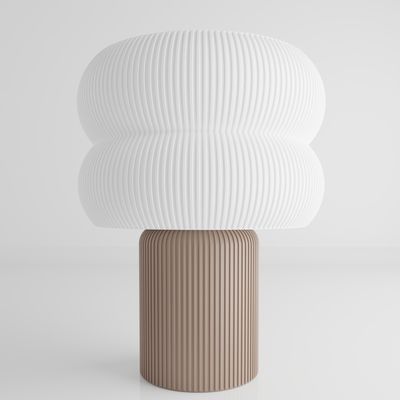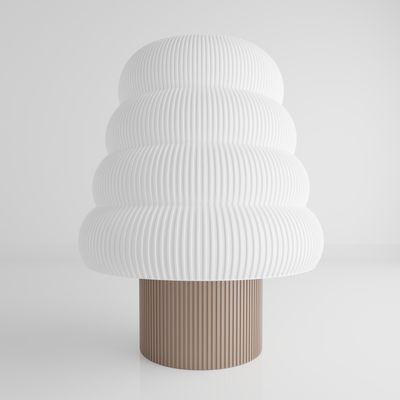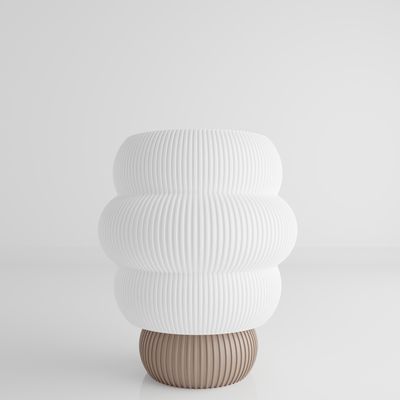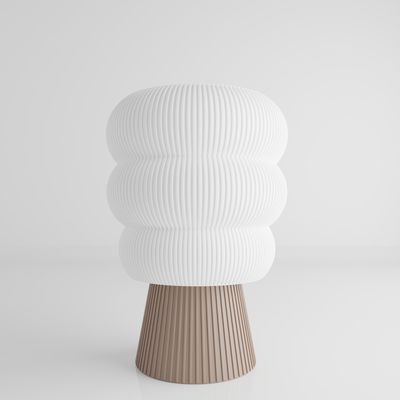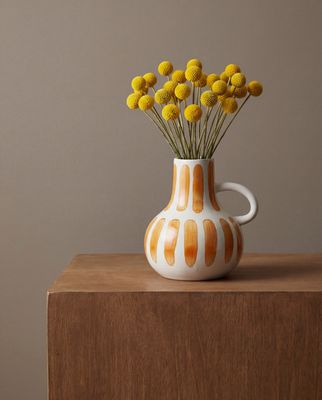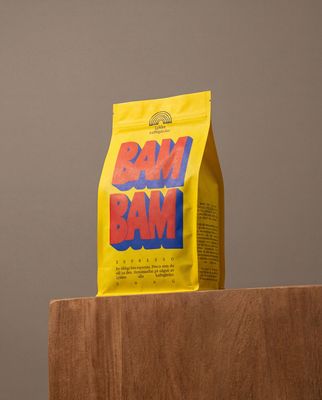Everything about the color Cement
The meaning of the color cement and color combinations to inspire your next creation.
Browse images in the color cement
What color is cement?
Cement is a muted, earthy tone that resembles the color of concrete or wet sand. It is a neutral shade with a blend of gray and brown, often used to evoke a sense of stability and practicality.
What are similar colors to cement?
For variations within the same muted and earthy spectrum as cement, consider:
- Taupe (#483C32) shares cement's neutral tone with a slightly darker, more brownish hue.
- Pewter (#96A8A1) is similar to cement but with a cooler, more metallic undertone.
- Greige (#BEBEBE) offers a lighter, more balanced mix of gray and beige, similar to cement.
- Beige (#F5F5DC) is a lighter, warmer version of cement, offering a soft, neutral backdrop.
What color goes with cement?
To complement cement's neutral tones, consider pairing it with:
- Sage (#9DC28A) provides a refreshing, green-tinged balance that pairs well with cement's earthy vibe.
- Lavender (#E6E6FA) adds a touch of elegance with its soothing, purple-tinged hue.
- Mint (#F5FFFA) offers a crisp, cool contrast that looks good with the muted tones of cement.
- Peach (#FFE5B4) matches with cement's warm, earthy tone and offers a gentle contrast.
What color conflicts with cement?
To avoid clashing with cement's muted tones, consider avoiding:
- Bright red (#FF0000) can overpower the subtlety of cement.
- Neon yellow (#FFFF33) risks overwhelming the calmness of cement with its intense brightness.
- Fuchsia (#FF00FF) could create a jarring contrast with cement's earthy tones.
- Electric blue (#7DF9FF) may clash with the muted, natural feel of cement.
What does the color cement represent?
Cement represents practicality, stability, and a grounded nature, often associated with construction and foundational elements. It symbolizes reliability and strength, making it a popular choice in industrial and minimalist designs. Psychologically, cement can evoke feelings of calmness and neutrality, providing a sense of balance and simplicity. It is often used to create a backdrop that allows other colors to stand out without overwhelming the viewer. In art, photography, and design, cement is used to convey a modern, understated elegance. Its neutrality makes it versatile, allowing it to complement a wide range of styles and themes.
What's the history of cement?
The color cement derives its name from the material used in construction, known for its grayish-brown hue. Historically, cement has been a fundamental component in building and architecture, symbolizing strength and durability. The color has been adopted in design for its neutral, earthy qualities, often used to create a sense of stability and balance. In modern use, cement is popular in minimalist and industrial design, where its understated elegance and versatility are highly valued.
Color Variations
Shades
Tints
Hues
Color Palettes
Monochromatic
Complementary
Analogous
Triadic
Tetradic
Images with cement color
Color Conversions
#8D7662rgb(141, 118, 98)rgb(55%, 46%, 38%)0, 16, 30, 45hsl(28, 18%, 47%)28, 30, 55#8D766251, 6, 1420, 20, 1451, 15, 6810001101, 01110110, 01100010Color(red: 0.5529411764705883, green: 0.4627450980392157, blue: 0.3843137254901961)UIColor(red: 0.5529411764705883, green: 0.4627450980392157, blue: 0.3843137254901961, alpha: 1.0)Color(0xFF8D7662)

